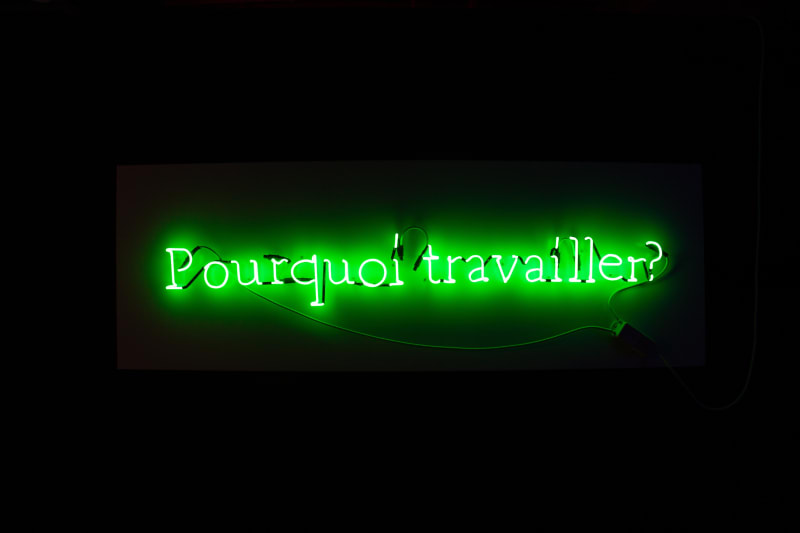Neon is the fifth most abundant element in the universe after hydrogen, helium, oxygen, and carbon. In its pure form, neon glows with a fiery red-orange hue. This is a combination of noble gases. Adding helium produces a pink color, and krypton yields green.
Neon as a medium for advertising signs began at the 1910 Paris Motor Show, where chemist and engineer Georges Claude introduced the improved neon tube. By 1912, a local barbershop became the first to purchase one of Claude’s neon advertising signs. Within a few decades, such signs became an integral part of the American landscape.
Light art has undergone several phases: during the Russian avant-garde period, light was often the main character in artworks. In the 1960s, Californian artists Robert Irwin, James Turrell, and Dan Flavin began using light in various forms: fire, spotlights, projections, and neon lamps. These pioneering artists transformed the commercial mechanism of so-called low culture, associated with the urban kitsch of commercial signage, into a powerful medium of visual art. Their sculptural works explored the intersection of light, color, and space, as well as images of pop culture, consumer culture, and various themes related to the contemporary urban environment.
Artwin Gallery has addressed the theme of light in the works of gallery artists and prepared a special project dedicated to the neon artworks of Evgeny Antufiev, Radya, Anna Titova, and Timofey Parshchikov.
Neon as a medium for advertising signs began at the 1910 Paris Motor Show, where chemist and engineer Georges Claude introduced the improved neon tube. By 1912, a local barbershop became the first to purchase one of Claude’s neon advertising signs. Within a few decades, such signs became an integral part of the American landscape.
Light art has undergone several phases: during the Russian avant-garde period, light was often the main character in artworks. In the 1960s, Californian artists Robert Irwin, James Turrell, and Dan Flavin began using light in various forms: fire, spotlights, projections, and neon lamps. These pioneering artists transformed the commercial mechanism of so-called low culture, associated with the urban kitsch of commercial signage, into a powerful medium of visual art. Their sculptural works explored the intersection of light, color, and space, as well as images of pop culture, consumer culture, and various themes related to the contemporary urban environment.
Artwin Gallery has addressed the theme of light in the works of gallery artists and prepared a special project dedicated to the neon artworks of Evgeny Antufiev, Radya, Anna Titova, and Timofey Parshchikov.





